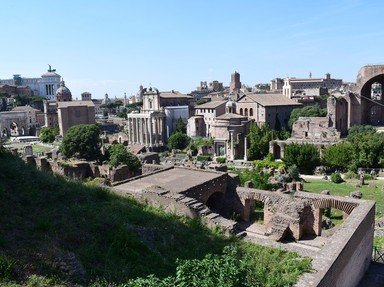Quiz Answer Key and Fun Facts
1. This was by far the largest empire in history which was created because of its naval power. It was the first country in history to industrialize. The sun never set on what empire?
2. What empire occupied the largest contiguous land empire in history in the 13th and 14th century, stretching from East Asia to Central Europe?
3. What colonial empire became the first global empire in the world that existed from 1415 and ended in 1999 with handover of Macau to China?
4. What colonial empire existed from the late 15th century to the early 19th century, occupying a large part of Central and South America?
5. What colonial empire first started during the 16th century and existed until 1814? The second empire began in 1830 with the conquest of Algiers in North Africa.
6. What empire was created because of the brilliant conquests by its great ruler and ended very shortly after his death in 323 BC?
7. Which empire, that became a republic in 509 BC and started to expand rapidly shortly thereafter, ended in 476 AD when the Ostrogoths forced the co-emperor to abdicate?
8. What empire, started in 1721, extended across Eurasia and North America to become the third largest empire by size, occupying nearly 17% of the world's landmass?
9. What was the last imperial Chinese dynasty that occupied an even larger territory than present day China?
10. What empire was founded by Osman I in 1299 and further expanded with the conquest of the Byzantine Empire in 1453 by Mehmed the Conqueror?
Source: Author
sw11
This quiz was reviewed by FunTrivia editor
ponycargirl before going online.
Any errors found in FunTrivia content are routinely corrected through our feedback system.
